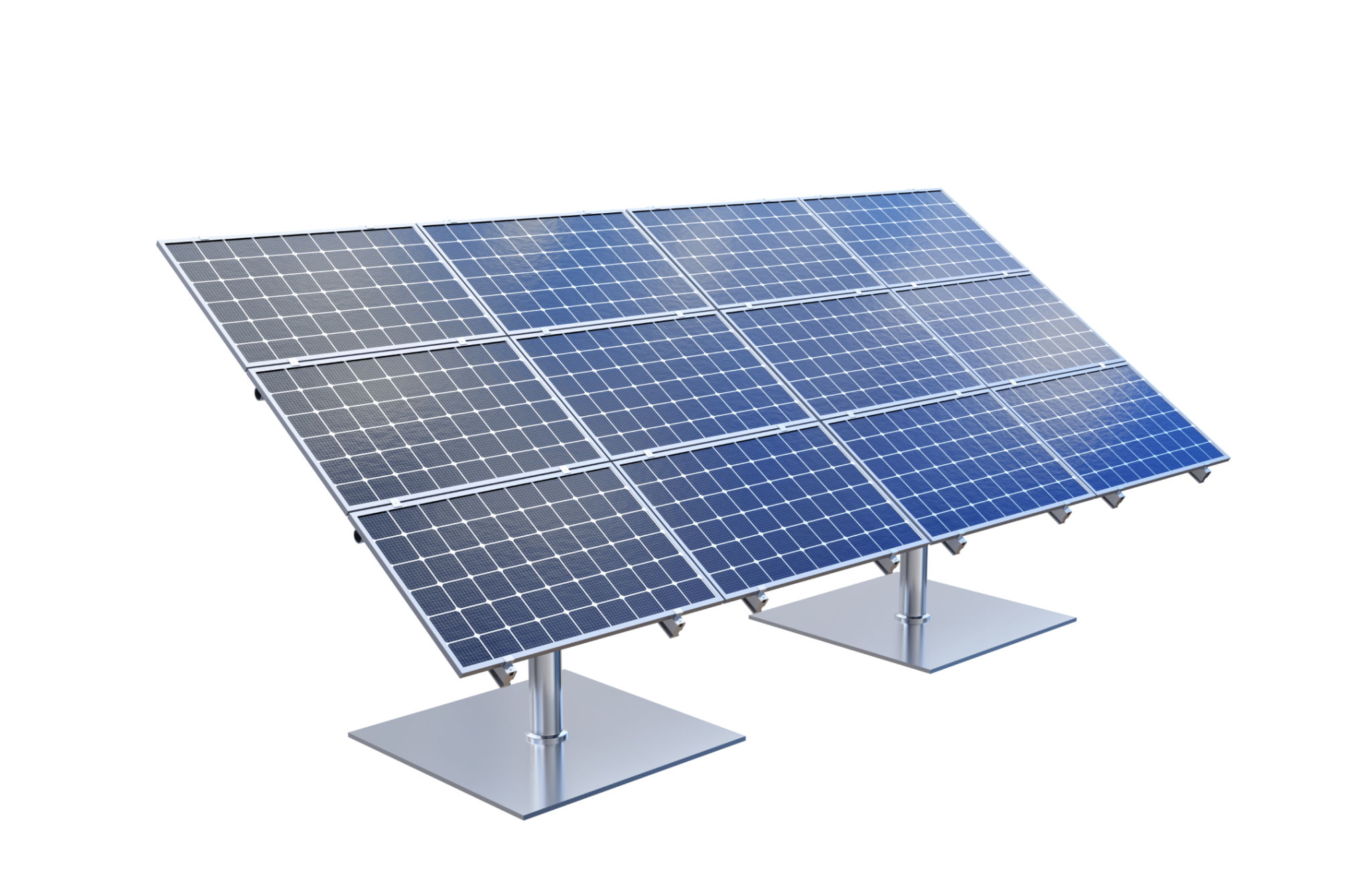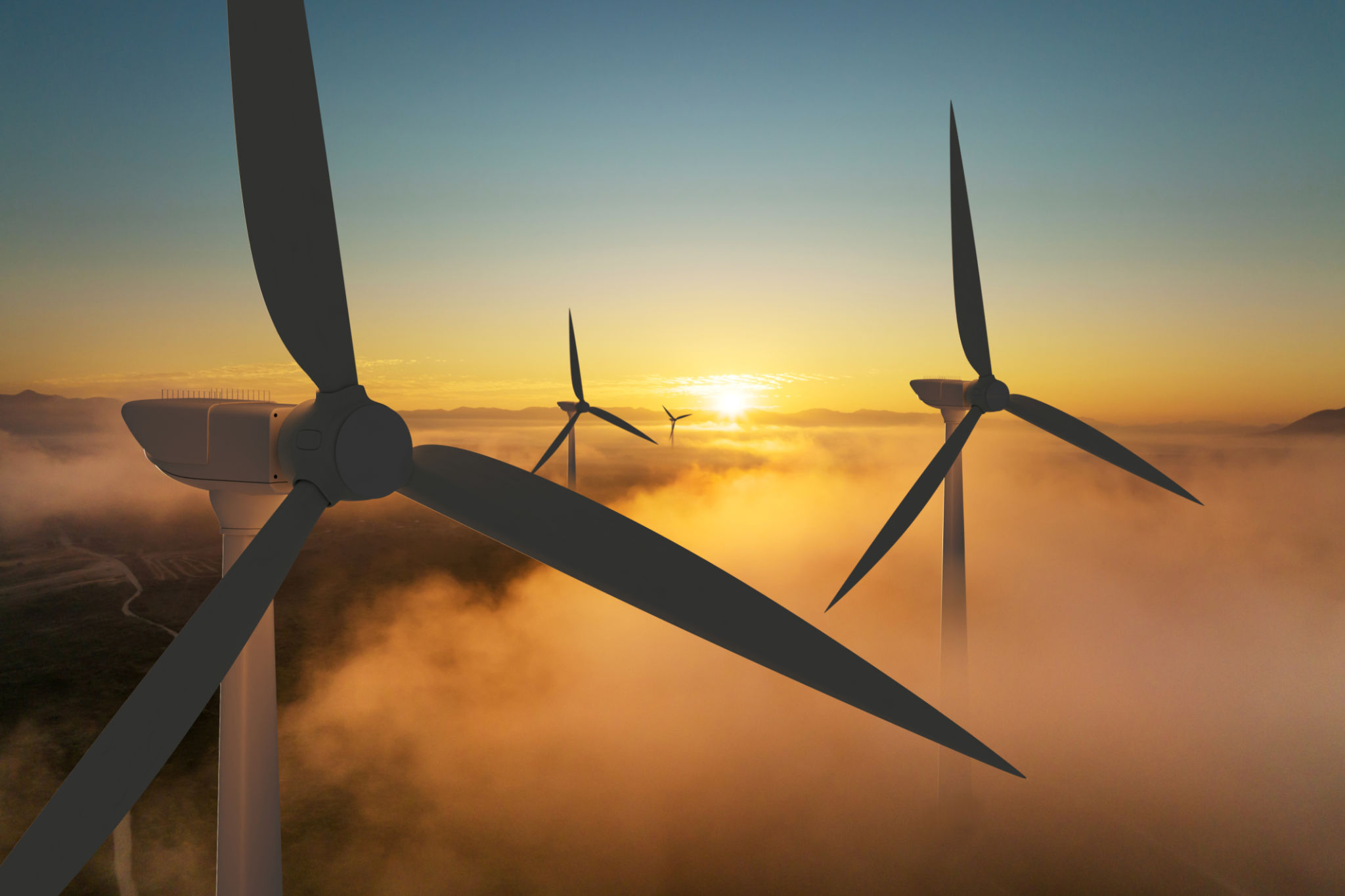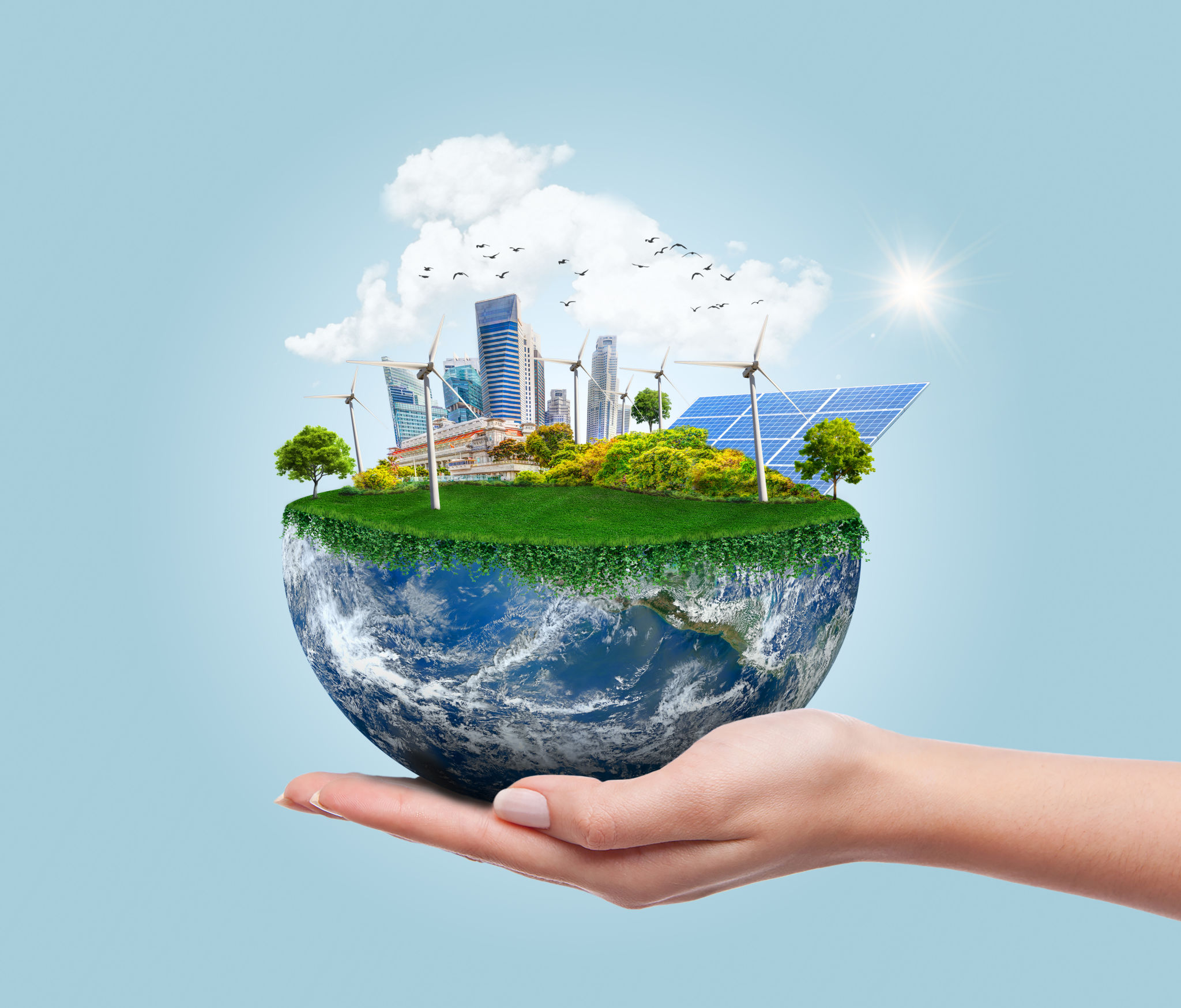Debunking Common Myths About Clean Energy Systems
Understanding Clean Energy Systems
Clean energy systems are becoming an integral part of our efforts to combat climate change and reduce our carbon footprint. However, there are several myths surrounding these systems that can lead to misunderstandings and hesitation in adopting them. This blog post aims to debunk some of the most common myths about clean energy systems, shedding light on their true potential and benefits.

Myth 1: Clean Energy is Too Expensive
One of the most pervasive myths about clean energy is that it is prohibitively expensive. While it is true that the initial setup costs for systems like solar panels or wind turbines can be higher than traditional energy sources, the long-term savings are significant. Clean energy systems reduce or eliminate electricity bills, and many governments offer incentives and tax breaks to offset installation costs. Over time, these systems often pay for themselves and then continue to provide savings.
Additionally, as technology advances, the costs associated with clean energy systems are steadily decreasing. The growing demand for sustainable solutions is driving innovation, making clean energy more accessible and affordable than ever before.
Myth 2: Clean Energy is Unreliable
Another common misconception is that clean energy is unreliable and cannot meet our energy needs consistently. Critics often point to the intermittent nature of solar and wind energy, arguing that they cannot provide a stable power supply. However, this myth overlooks the advancements in energy storage technology and grid management.

Modern energy storage solutions, such as batteries and pumped hydro storage, allow excess energy to be stored for later use, ensuring a constant power supply even when the sun isn't shining or the wind isn't blowing. Moreover, a diversified energy portfolio that combines multiple sources of renewable energy can enhance reliability and performance.
Myth 3: Clean Energy Systems are Limited in Their Applications
Some believe that clean energy systems are only suitable for specific applications or locations. However, this myth fails to consider the versatility and adaptability of modern clean energy technologies. Solar panels, for instance, can be installed in urban, suburban, and rural settings, on rooftops or open land.
Moreover, wind turbines can be deployed onshore and offshore, providing flexibility in location and design. The growing array of applications for clean energy demonstrates its capability to serve diverse needs, from powering individual homes to entire cities.

Myth 4: Transitioning to Clean Energy Harms the Economy
There is a widespread belief that shifting to clean energy systems will negatively impact the economy by causing job losses in traditional energy sectors. While it's true that some industries may face challenges during the transition, clean energy has proven to be a robust job creator.
The renewable energy sector is one of the fastest-growing job markets globally, offering opportunities in manufacturing, installation, maintenance, and more. The economic benefits of clean energy extend beyond job creation; they include reduced healthcare costs due to cleaner air and increased energy security.
The Future of Clean Energy
As we move towards a more sustainable future, it's essential to dispel myths and embrace the true potential of clean energy systems. By understanding the realities behind these misconceptions, we can make informed decisions that benefit not just our environment but also our economies and communities.
In conclusion, clean energy systems are not only feasible and reliable but also economically advantageous. They represent a crucial step forward in our efforts to create a sustainable future for generations to come.